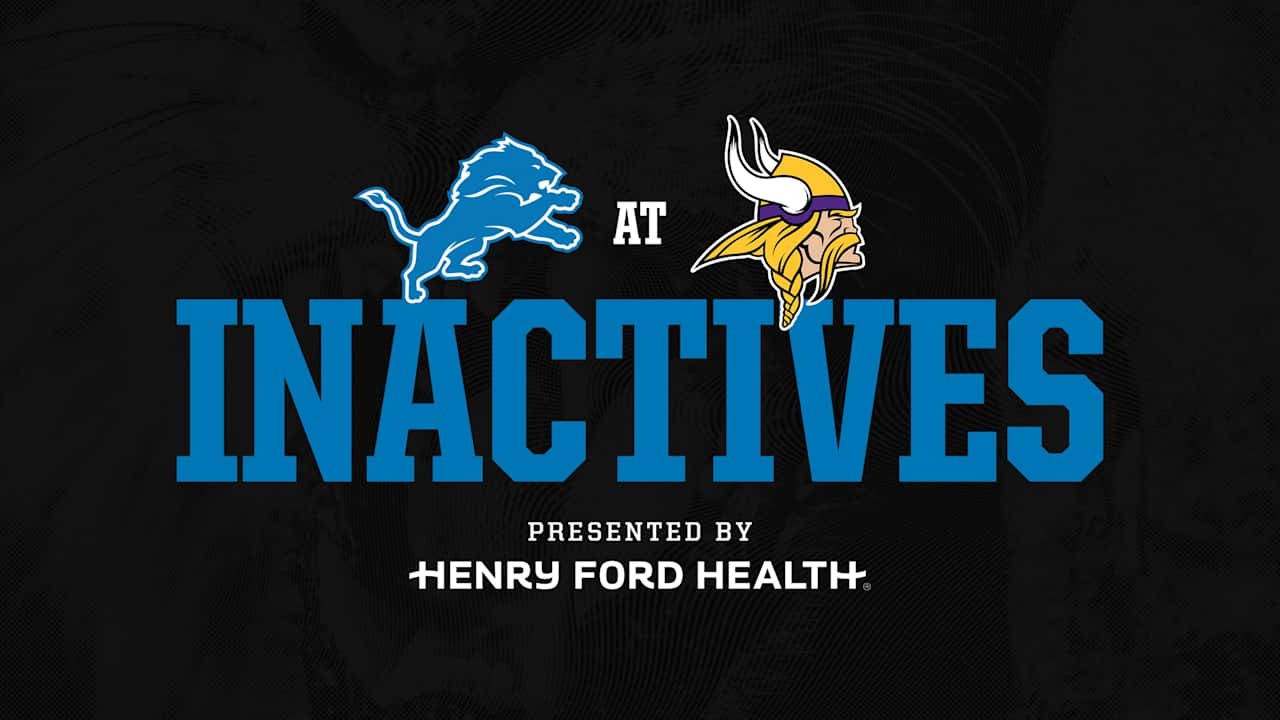Ukrainian President Volodymyr Zelensky had a “very good” conversation with US special envoy Steve Witkoff and President Donald Trump’s son-in-law Jared Kushner on Christmas Day as negotiations over the…
Blog
-
Supernova from the dawn of the universe captured by James Webb Space Telescope – Phys.org
- Supernova from the dawn of the universe captured by James Webb Space Telescope Phys.org
- James Webb Space Telescope delivers stunning views of supernova remnant Cassiopeia A MSN
- Webb captures the oldest supernova ever discovered Earth.com
- The…
Continue Reading
-

Detroit Lions vs. Minnesota Vikings
Pro Bowl wide receiver Amon-Ra St. Brown was questionable as he’s dealt with a knee injury that surfaced on Monday, but St. Brown is active and will play. Edge Marcus Davenport (shoulder), guard Christian Mahogany (fibula), defensive…
Continue Reading
-

Astronaut photographs a beautiful phenomenon called ‘lunar halo’
An astronaut circling above the Indian Ocean onboard the ISS captured a stunning image of the moon and what is called a “lunar halo.”
The slim arc of light cradling the Moon looks detached from Earth, hovering just above the planet’s blue…
Continue Reading
-
Pope Leo speaks about Gaza, Ukraine, Sudan in his first Christmas address – The Washington Post
- Pope Leo speaks about Gaza, Ukraine, Sudan in his first Christmas address The Washington Post
- Pope Leo urges ‘courage’ to end Ukraine war in first Christmas address BBC
- In first Christmas sermon, Pope Leo decries conditions for Palestinians in…
Continue Reading
-
Knicks 126-124 Cavaliers (Dec 25, 2025) Game Recap – ESPN
- Knicks 126-124 Cavaliers (Dec 25, 2025) Game Recap ESPN
- Brunson and Kolek celebrate Christmas in style at Madison Square Garden MARCA
- Cavaliers Knicks Basketball couriernews.com
- Rockets vs. Lakers FREE LIVE STREAM (12/25/25): Watch NBA Christmas…
Continue Reading
-

Stress Signals Drive Cardiovascular Disease Risk in Patients With Depression, Anxiety
Depression and anxiety are independently associated with an increased risk of major adverse cardiovascular events (MACE) and are partially mediated by heightened stress-related neural activity, highlighting shared stress-related pathophysiology…
Continue Reading
-

Historical mysteries solved by science in 2025 | International News
Historical mysteries solved by science in 2025 | International News | wxow.com
We recognize you are attempting to access this website from a country belonging to the European…
Continue Reading
-

Experimental Multistage Malaria Vaccine Demonstrates Promising Protection in Early Trial
Malaria remains one of the deadliest infectious diseases, which is responsible for approximately 249 million cases and over 600,000 deaths globally every year, with children under 5 in sub-Saharan Africa bearing the greatest burden. The recent…
Continue Reading

